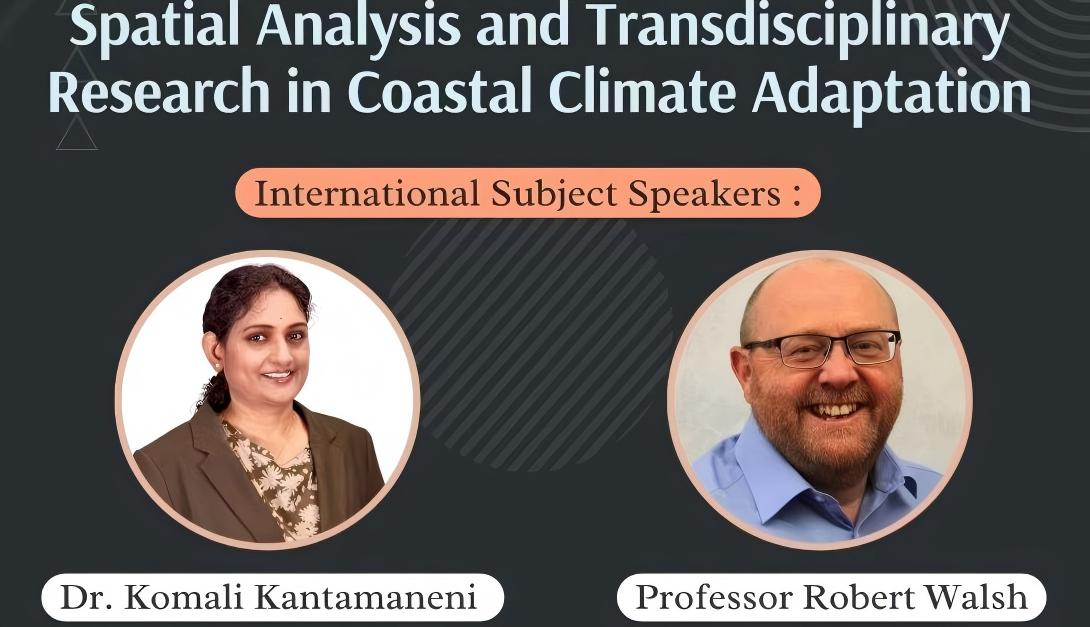The 5th International Disaster and Risk Conference IDRC Davos 2014 held last August featured a session on “Building Code and its implementation for safer buildings” which was organized by UNESCO and attended by IRDR Science Committee member Djillali Benouar. The session was primarily aimed to raise awareness about seismic building code and its implementation for safer buildings and promote guidelines for earthquake resistant non-engineered constructions.
The session covered two presentations and was chaired by Dr Alexandros Makarigakis. The first presentation from Soichiro Yasukawa stressed on the importance of appropriate seismic building codes and its implementation for safer structures to reduce human life losses and damage to property. The presentation also introduced the UNESCO project on building code at World Conference on Disaster Reduction which plans to make recommendations for post 2015 on building code and its implementation. A holistic approach is crucial in making buildings safer and this goes beyond engineering aspects; this also covers capacity building, policy and public awareness. Policies, regulation and legislation need to be promoted for implementation so that decision makers can make effective actions to reduce disaster risks. The different building code policies in many earthquake prone countries were mentioned for comparison that gave provisional recommendations on seismic building code, building control and land use regulation.
The second presentation from Yuji Ishiyama explained the “guidelines for earthquake resistant non-engineered constructions” that covered traditional houses and non-engineered buildings. These are divided into various types: (1) un-reinforced masonry (stones, brick, concrete blocks masonry, etc.), (2) timber constructions, (3) earthen constructions (adobe) and (4) confined masonry. Based on records, these types of constructions gathered the most number of recorded losses in life and property from earthquakes. Ishiyama stressed the need to introduce earthquake risk preventive measures in these types of constructions. Based on the International Association for Earthquake Engineering (IAEE), the “Guidelines for Earthquake Resistant Non-engineered Constructions” was published in 1986. The revision of this guideline has been completed and will soon be published by UNESCO.

several themes of priorities for action of Hyogo Framework for Action (HFA), notably,
governance, knowledge dissemination and reducing the risk factors.
Photo: Alberta Safety Codes Council
More research is needed to reach a certain degree of reliability in improving the safety of new and existing engineered and non-engineered building. Research should not only focus in producing physical preventive measures to reduce risks. Social sciences should also play a greater role in identifying and evaluating risks factors that make communities vulnerable to disaster. Researchers in all disciplines should investigate and formulate, in an integrated approach, tools that will help policy makers in disaster risk reduction. There is a crucial need in developing more reliable vulnerability and risk assessment tools as well as retrofitting techniques.
IRDR Science Committee member Djillali Benouar said, “The IRDR programme through its four projects could contribute effectively to the ongoing efforts in improving the seismic building code and its implementation by evidence-based measures to reduce seismic disaster risks. As an example, the FORIN project proposes an approach that aims to uncover the root causes of disasters through in-depth investigations that go beyond the typical reports and case studies conducted post-disaster events. Thoroughly analyzing cases, including both success stories and failures, will help build an understanding of how natural hazards do – or do not – become disasters. This is in furtherance of Goal 3 (Reducing risk and curbing losses through knowledge-based actions.) in the IRDR Strategic Plan (2013-2017), to which FORIN’s activities are aligned. The FORIN methodology is supporting directly the implementation of the Hyogo Framework for Action by using science and technology to determine the causes connected to disasters and thus allow learning of lessons from the disaster based on science and technology; these lessons should be interpreted in engineering/practice measure to improve seismic building code.”





